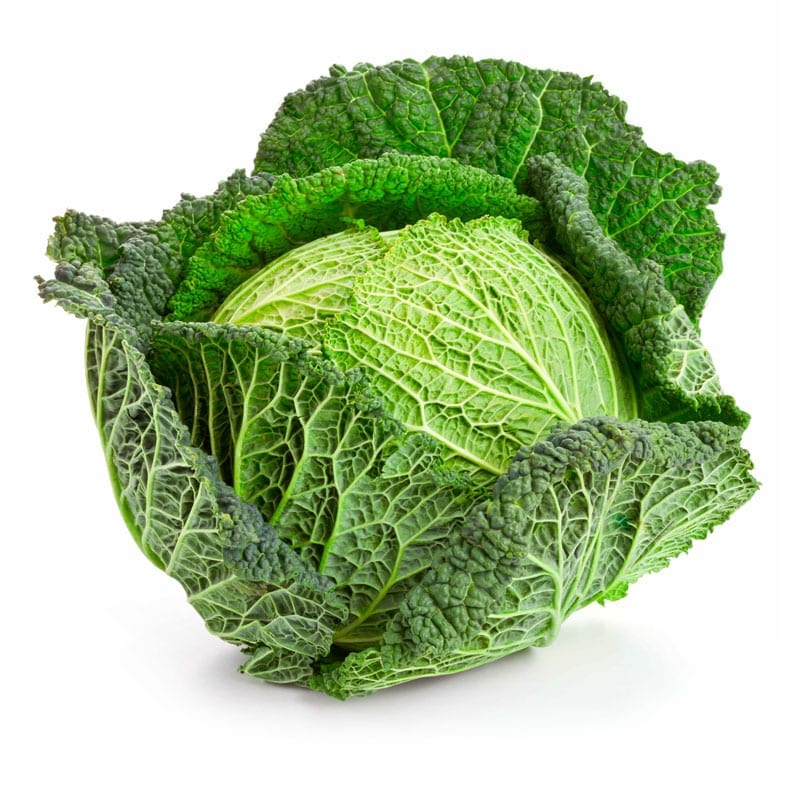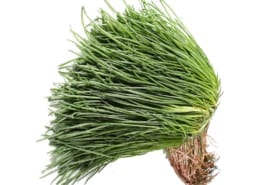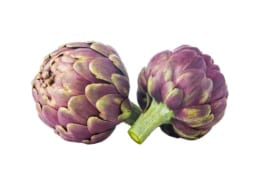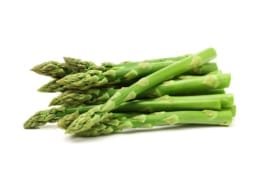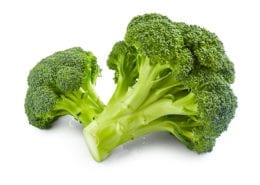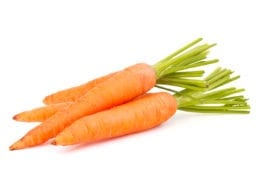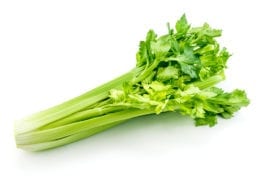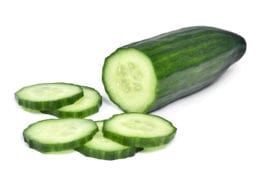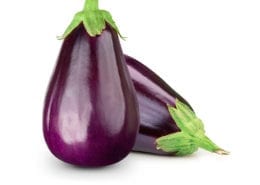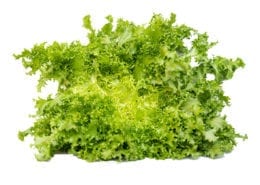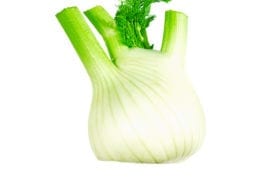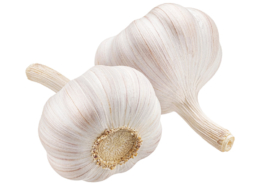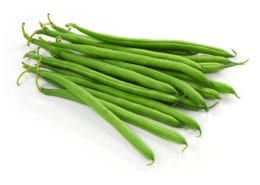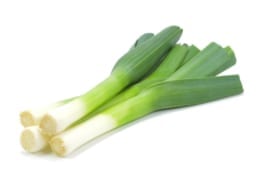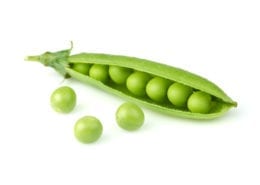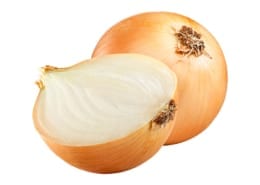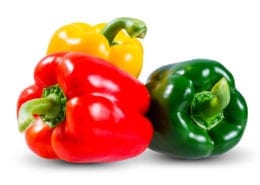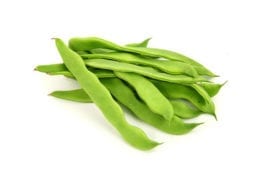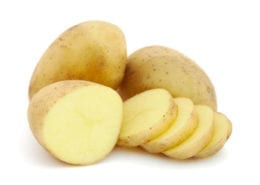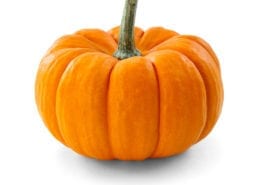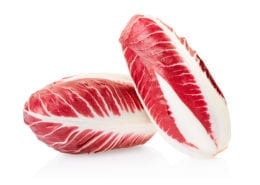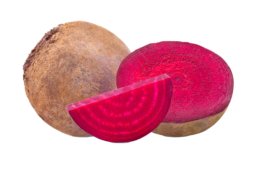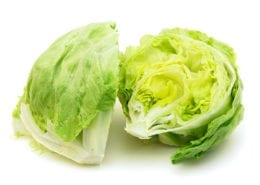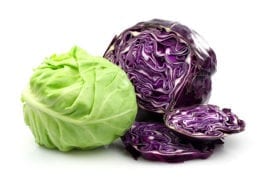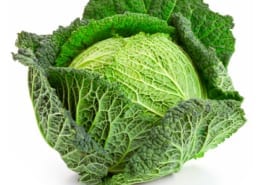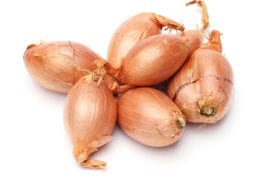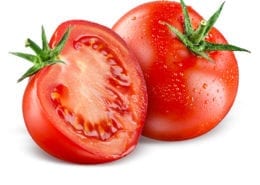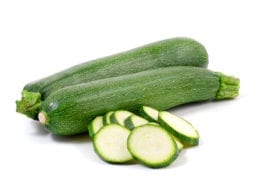Savoy cabbage
Savoy or savoy cabbage, also known as Milan cabbage (or Lombard cabbage and Verza), is a variety of Brassica oleracea similar to cabbage, but unlike this it has wrinkled, ruffled and prominent ribbed leaves.
Savoy cabbage is a very low calorie and very satiating vegetable
Biennial plant with not very deep taproot root, it has an erect stem, rarely longer than 30 centimeters. The ball, green or red-purple, is not very compact; the internal leaves are white-yellowish. It is grown in various areas of Italy and is a well-known vegetable.
Of ancient origin, savoy cabbage is cultivated mainly in the central-northern regions of Italy. Production in the Canavese area is particularly widespread: in Montalto Dora, a traditional savoy cabbage festival takes place in November.
Its use in the kitchen is widespread in most of Europe and in many Italian regions, especially after cooking and for the preparation of soups and soups: the ris e verza cun custëini (risotto with savoy cabbage and pork ribs, Piacentino) and the ‘d pan e còj soup (bread and cabbage soup) from Canavese. In the latter it intervenes, often in combination with pork, in some characteristic dishes such as the Piedmont caponet, the Greek dolmades, the sarma from Romania, the Kohlrouladen from the Germanic area, the verzolini of Piacenza cuisine, the Venetian sofegae cabbage, the bottaggio Milanese and the famous cassoeula.
In Valtellinese cuisine it is used for the preparation of the famous pizzoccheri, a type of buckwheat pasta, with the addition of potatoes in pieces, Valtellina Casera cheese, grated parmesan, garlic, butter and sage. Finally, Dutch cuisine also uses a kind of cabbage in its best known dish, the boerenkool met worst.
Even some sushi preparations include the use of cabbage leaves. Savoy cabbage can also be eaten raw, as it is used for the cap, thinly sliced and mixed with other salads with the difference that its flavor is a little strong and not appreciated by everyone.
Variety
Verza
Seasonality
Verza


